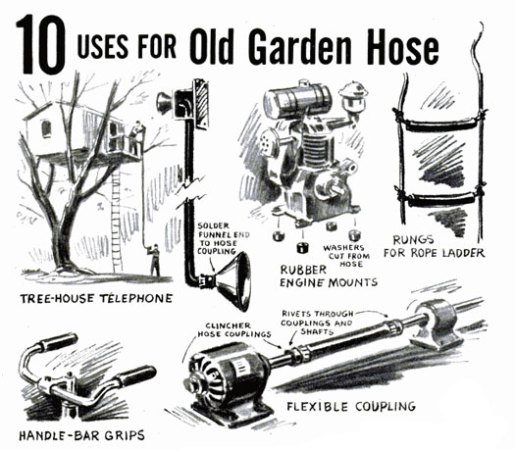

If the constant drip, drip, drip of a leaky faucet isn’t enough to motivate you to get it fixed, then considering how much money you’re wasting on unused water should do it. Luckily, you don’t always have to call out the professionals—first try tackling the leak yourself. All you’ll need is a little bit of know-how and some basic tools.
Before you get started
There are a number of different faucet types out there, but the basic procedure is pretty much the same: You need to dismantle the faucet and then put it back together again, stopping any leak along the way. Among the tools you will need for the job are a wrench (covered in protective tape if you want to protect your fittings), a screwdriver, and replacement parts for your particular type of faucet.
This guide won’t cover every single make and model of faucet out there. But if we leave anything unclear, then a quick web search or check on the manufacturer’s website should be enough to get you on your way again. The staff at your local hardware store might also be able to offer some advice on the kit you need—chances are they’ve seen a lot of DIYers fixing dripping faucets come through their doors before.
Step one is switching off the water supply to the faucet—otherwise you risk a geyser of water rather than a drip. You should be able to find a shut-off valve for either the single faucet or the house as a whole, which will prevent you from getting wet while you carry out your repairs.
Dismantle the faucet and fix the problem

Once you’ve shut off the water supply, turn on the faucet to let any residual water drip out. Then remove the cover on the faucet and loosen the screw on the cap underneath, which should either screw off or snap off, enabling you to remove the handle. This will reveal a stem beneath the faucet. Rotate it, removing the packing nut if necessary, before examining it. Some stems can be popped right off rather than unscrewed.
The stem is unlikely to be the cause of the leak, but if it looks worn, then you can consider replacing it. The more likely culprits are the washer and the o-ring attached to the stem. To stop the leak, these parts might need to be tightened—or replaced altogether. If you head to the hardware store to replace them, take these bits with you for reference, because if you buy parts that don’t exactly match, you might exacerbate the problem.
At this point, if you’ve identified the washer or o-ring as the problem, you can try and reassemble the faucet. If they seem to be in good shape—or adjusting or replacing them doesn’t solve the problem—then the next potential culprit is the valve seat. This part is in the body of the faucet below the stem. You can replace it completely (again, remember to bring the worn part with you to the hardware store), or even it out with a seat-dressing tool, which is inexpensive and widely available.
Once you’ve replaced or repaired the problem part, it’s time to reassemble the faucet. As carefully as you can, put all the parts back together in reverse order. Some jelly or silicone grease can help when you’re fixing the stem back in place. If you’ve managed to find the issue and stop the leak, then your problems should be over. Turn the water back on gently—the parts you’ve replaced might take a few moments to settle and start working properly—and then make sure the flow starts and stops correctly.

Other faucets and other problems
The instructions above relate to compression or washer-type faucets, which have handles on either side. There are other types, including ball-type faucets and cartridge faucets, which are constructed differently. Again, though, the aim is the same: to dismantle and then reassemble the setup as carefully as you can, replacing parts along the way as necessary. Diaphragm faucets, for example, use a rubber seal between the stem and the seat, with a swiveling disc at the end of the stem instead of a washer—but the same steps broadly apply.
In some cases, you’ll have to replace the whole setup; in other cases you can replace just a tiny part. Fortunately, a lot of newer hardware is built with repairability in mind. The instructions that came with your faucet (or kitchen or bathroom) should be able to help.
You won’t necessarily be able to fix every type of problem on your own, so be prepared to admit defeat if you’re not getting anywhere. If something serious has gone wrong or there’s extensive corrosion in the faucet, then you might have to call in the help of the professionals to get it fixed.















